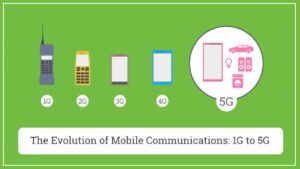Over the most recent couple of decades, there has been a huge progression in mobile wireless communications. Mobile Communication systems have encountered an astounding change. We started with 1G technology of which in a very short amount of time superseded by 2G, 3G, 4G, & now even 5G. Evolution turned out mobile telecommunications out to be more mainstream in the most recent couple of years because of a quick change from 1G to 5G in portable innovation . And how we use technology today. This change is because of the necessity of perfect transmission innovation and high increment in telecoms clients for everyday uses including businesses, the education sector, and just about every other industry. Here we will see evolution and history of cellular networks over the years !
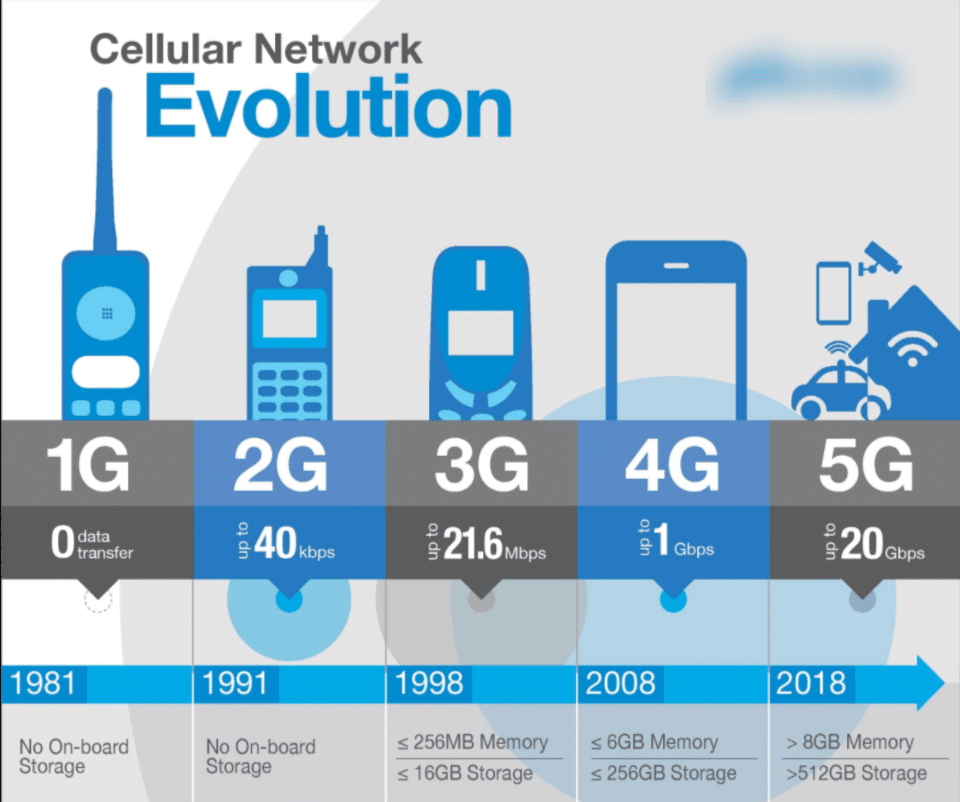
The history of wireless network
Humans have been using different forms of EM radiation to transmit information for thousands of years. For instance, back in the early part of civilization people used to send messages by realizing the visible light of the fire in ancient Greece.
And in today’s date, we still use like to send information. but it is done in a much more sophisticated and well-designed model Like fiber optic cables. The electromagnetic wave in the fiber optic cables is capable of transferring a massive quantity of information that we cannot even grasp with our minds.
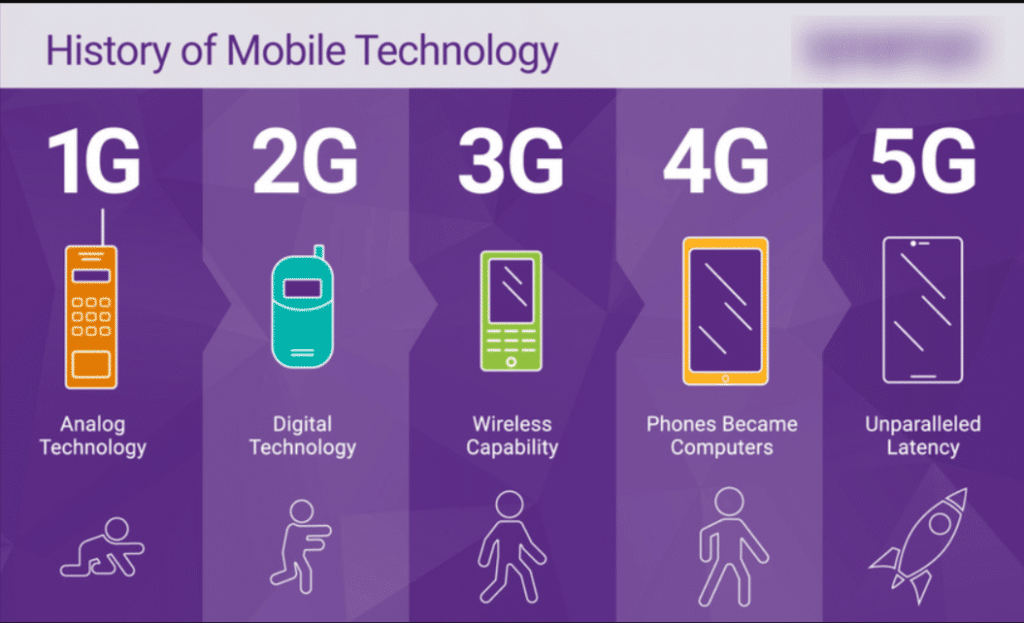

Start of 1G
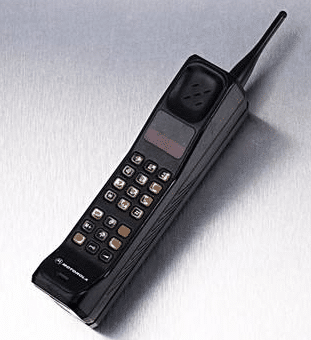
The evolution and history of cellular networks started with the very first – 1G. And even though the base of the Internet is dependent on the fiber optic cable, all the devices in the world cannot be connected through this process due to very understandable reasons. And this is where wireless technology comes into play.
Due to not being able to connect all devices through an optical fiber cable, the invention of wireless data transmission networks and cellular networks started.
And the development of a first-generation full cellular network started in Japan back in 1979. Popularly known as 1G, this network utilized the high-powered radio towers inside Tokyo. With this transmission system, it could directly connect with the phones installed in cars throughout the city.
The radio towers transfer the data simply in analog through the technique of analog modulation. For instance, when we wanted to send a simple sound wave of 150 Hertz, we used a carrier frequency of the higher part of the spectrum through amplitude modulation or frequency modulation.
This carried the original information of the sound signal, would not dissipate easily, and could travel further due to its high frequency. from that de-modulator installed in the cars, we can then receive an actual signal from the modulated frequency and listen to the information through speakers.
But if someone already is using the frequency band then you’ll have to use another frequency band on the tower. The more frequency bands that the tower can provide the more calls the tower can handle. And this is the term we popularly know as bandwidth.
With the invention of 1G, the number of users grew exponentially.
As a result, the maximum capability of its system was continuously being stretched to the point.
A simple solution to this problem would be to add sequences to grow the overall bandwidth. But adding frequencies came with a lot of difficulties.
It is a big cause to use a specific frequency, had to be licensed.
And a massive number of competitions in the fields of security systems, GPS, television broadcasting, radio stations, astronomy, general communication made it even more difficult. To get their hands on the frequency bands for licensing, many companies had to go through a complex experience of the auction and purchase the license at its extremely high price.
To solve this problem, companies started to use several medium power towers instead of one single high-power tower. This caused less interference and allowed more users to connect to the system.
But even though the number of users increased it didn’t increase the data rate at which the user could transfer their data. And this is where 2G came into play.
Start of 2G
The 1G was only capable of handling data at a transfer rate of 2.4 kilobits per second. This may sound mediocre now but was a big deal in those years.
But with a growing number of users and the overwhelming need and popularity of the wireless network, a new generation of the cellular network was invented, which we now know as the 2G.
In 2G, we got introduced to a fully digital system. That means, instead of opting for an analog encoding of frequency bands, we now started to encode binary data.
And this massive change is the bedrock of the new 5G technology we now see. To everyone who is reading the content right now, this was likely your first experience with the cellular network.

Unlike the previous generation of cellular communication, we could now send a text of 160 characters through our mobile phone. With the first introduction of 2G, we could achieve almost 10 kilobits per second data rate. And this air lasted up to the first launch of the iPhone.
By then, speed has increased up to almost 200 Kbps due to the 2.5 G or GPRS networking.
Start of 3G

The evolution and history of cellular networks continued and 3G came into existence. The revolution of 3G started back when the iPhone 2 was first launched. With 3G there was an introduction of additional frequency bands. Over 250 billion dollars was invested to gain the license of these new frequencies.
With the 3rd generation of cellular networks, the data packet switching method made communication way more advanced and efficient. With these packets switching, hundreds of users can now utilize the same frequency band.
As time went on, the protocol got even more improved. In 2005, finally the HSPA or H+ you see on your phone was introduced. It could provide a data rate of around 40MBPS. We also popularly called it 3.5 G.
Start of 4G

With 4G came the newest technology in the world of communication called LTE or Long Term Evolution. The LTE introduced an even more Frequency band than the 3G network. It could utilize the bands that previously was used for various analog TV broadcast purpose.
4G used orthogonal frequency division multiplexing to make more use of the bands available for use. The OFDM technology in $g allowed more data to be sent over a significantly shorter amount of time. Once the signal reaches the demux, it is then separated and converted again into binary data.
With 4G, our technology almost reached a dead end. Because it got harder to increase the speed without any additional frequencies. So companies opted for various high frequencies of waves that nobody uses.
And this is how we began the era of 5G.
The 5G revolution
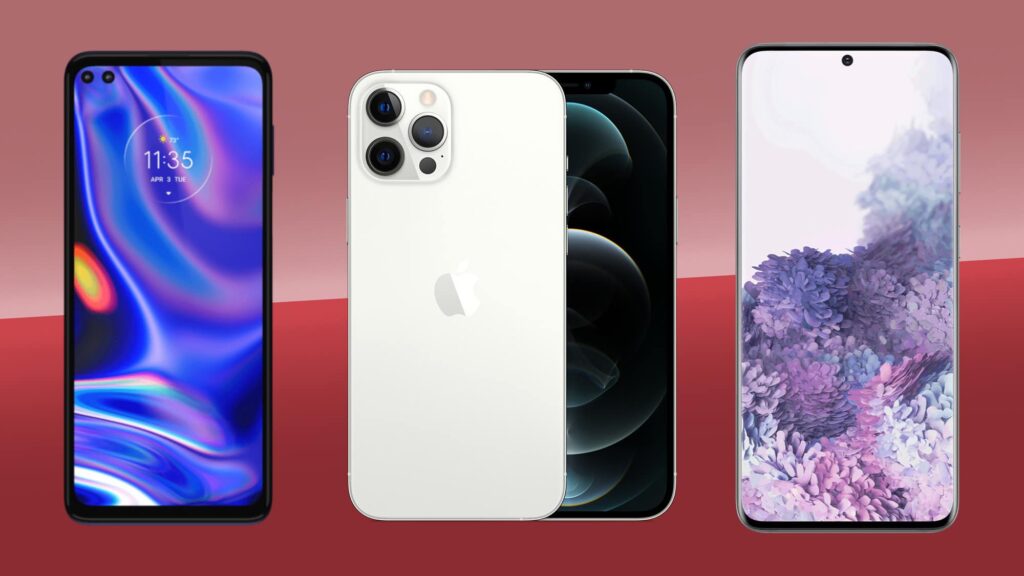
A step-change in performance over 4G and aims to address the requirements of the emerging applications, described above. Throughputs up to 10Gbps (100 times faster than 4G networks) aim to satisfy the growing hunger for bandwidth; latencies of 1mSec (cf. 30 – 50mSec for 4G) will enable near-real time response rates; and connection densities of 1000 devices per square kilometer (100 times more than 4G) supports the growing numbers of IoT devices and sensors.

5G is poised to change the way we live
The evolution and history of cellular networks experienced a major change with 5G. It is only around 40 years since the birth of mobile telephony and in that time the capabilities of cellular networks have evolved at a pace which has fuelled both social change and innovation on a global scale. The capabilities of 3G then 4G networks were developed in response to demands for a mobile internet and have led to the smartphone and tablet becoming everyday accessories. However, the inexorable rise of the IoT and the demands of emerging applications such as AR/AI and self-driving cars have stretched the capabilities of 4G networks to their limits leading to the development of the next generation of cellular networking, 5G.
Whereas 3G and 4G networking were focused on voice and data services and are mainly associated with the smartphone, 5G offers much more, promising to enable the inter-connection of billions of devices of almost any kind. More than a faster wireless capability, 5G promises to transform existing consumer, business and industrial processes, unlocking new levels of productivity and innovation and driving the next wave of global economic growth. The 5G roll-out has only just begun but, with operators poised to invest in the infrastructure required to unlock the full power of 5G, the global economy stands on the verge of the next wave of growth.
Wrapping Up!
Since the first 5G services were launched in the USA by Verizon and AT&T, 5G networks have been rolled out in a further 17 countries with South Korea, the United Kingdom, Germany, and the United States leading the charge and China catching up fast.
With analysts forecasting 2.7 billion 5G connections by 2025, (Figure 1), the uptake of 5G is expected to be faster than any previous cellular generation and expectations are running high for its future impact on the global economy.
In this review we saw the evolution and history of cellular networking, also we had a brief overview of previous generations of networks .



